.webp)
© History Oasis
The 1920s broke centuries-old conventions through shorter hemlines, casual sportswear, and streamlined silhouettes that prioritized movement over ornamentation.
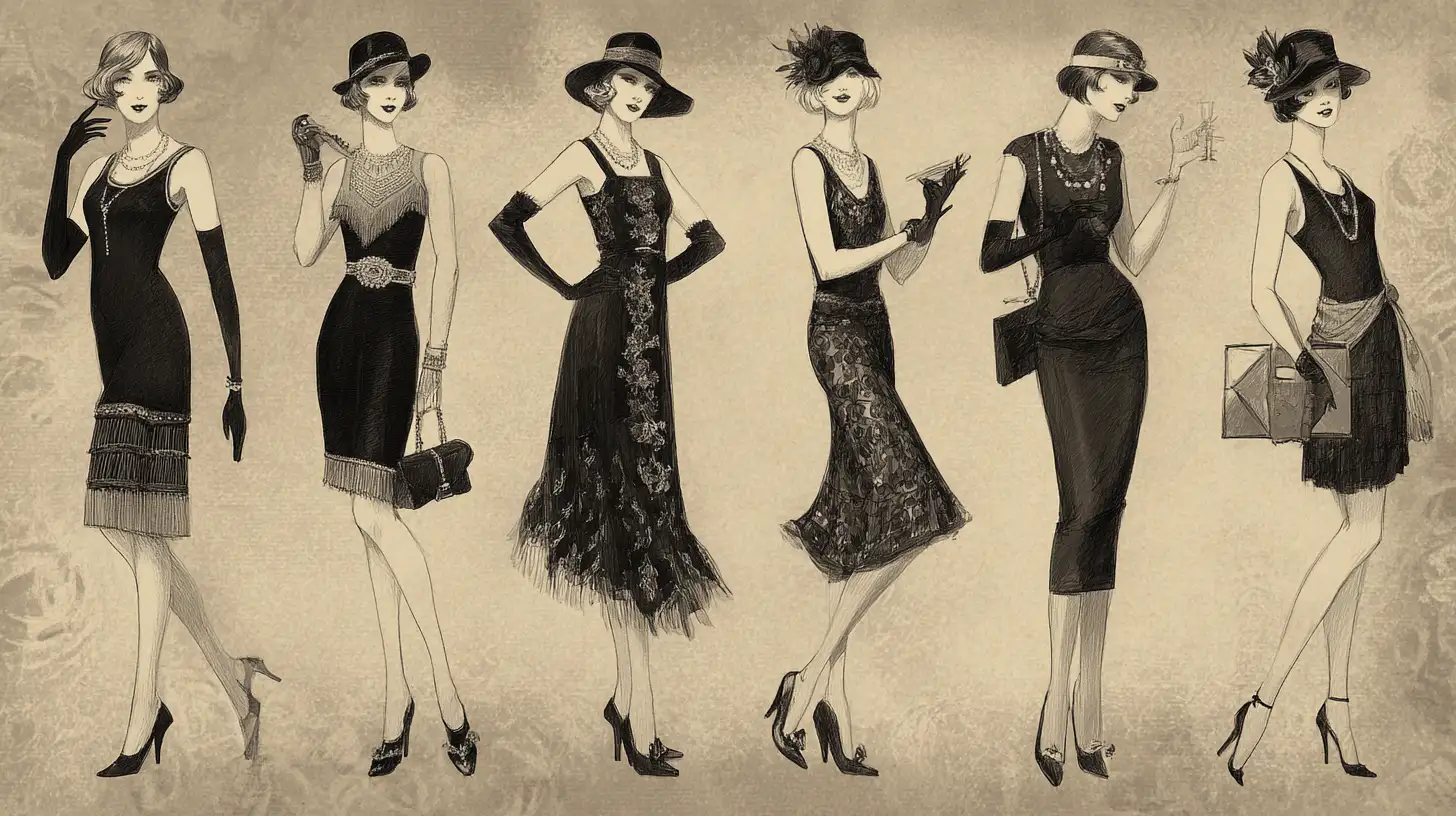
1920s fashion saw women raise their skirts to knee-length for the first time. This radical hemline shift paired with waists that dropped to hip-level, creating the decade's signature boyish silhouette that rejected traditional feminine curves.
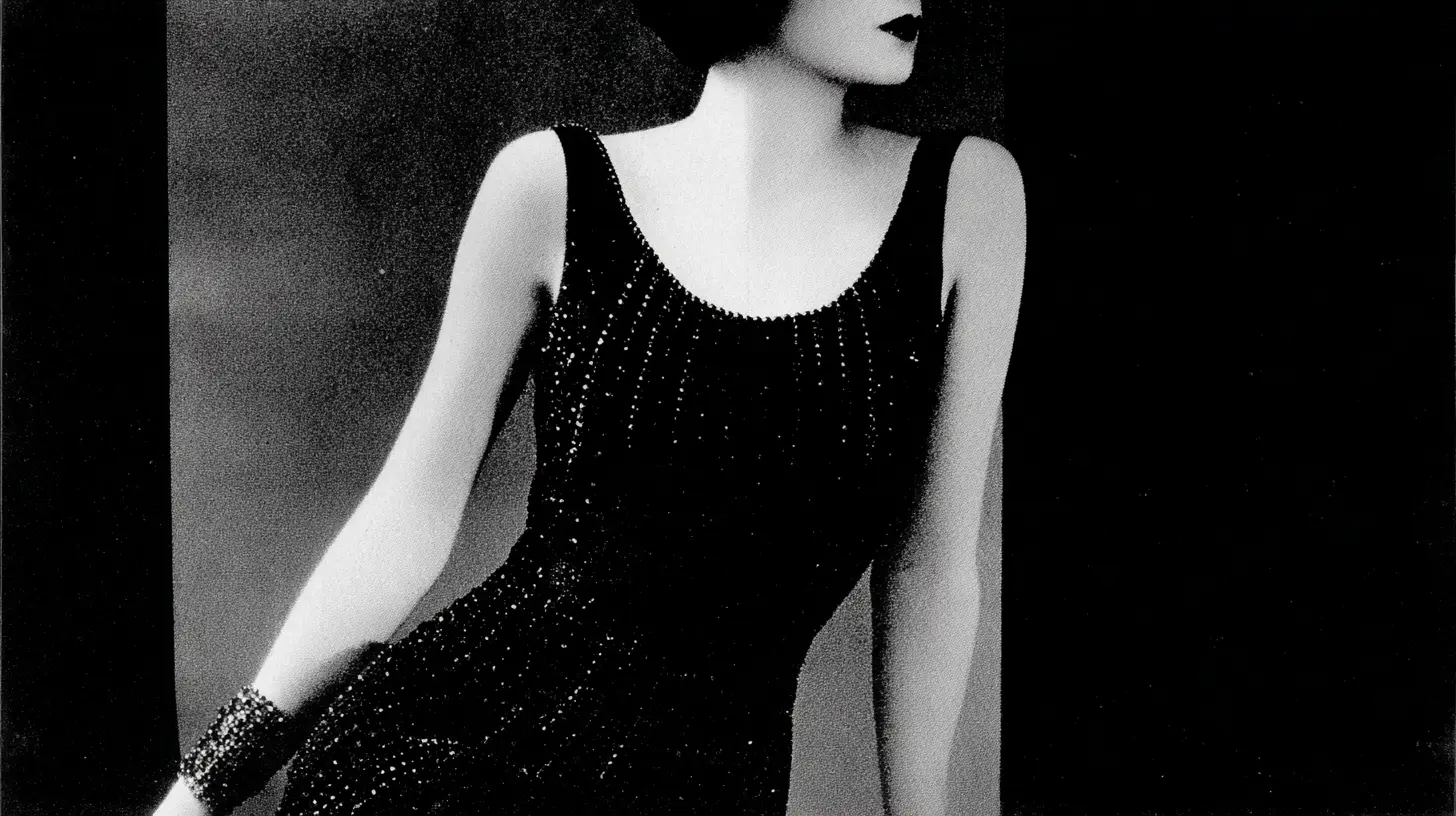
Coco Chanel's 1926 black dress design proved simple elegance could replace ornate decoration. Vogue predicted this streamlined garment would become as universal as Ford's automobile. It established black as evening wear rather than mourning dress.
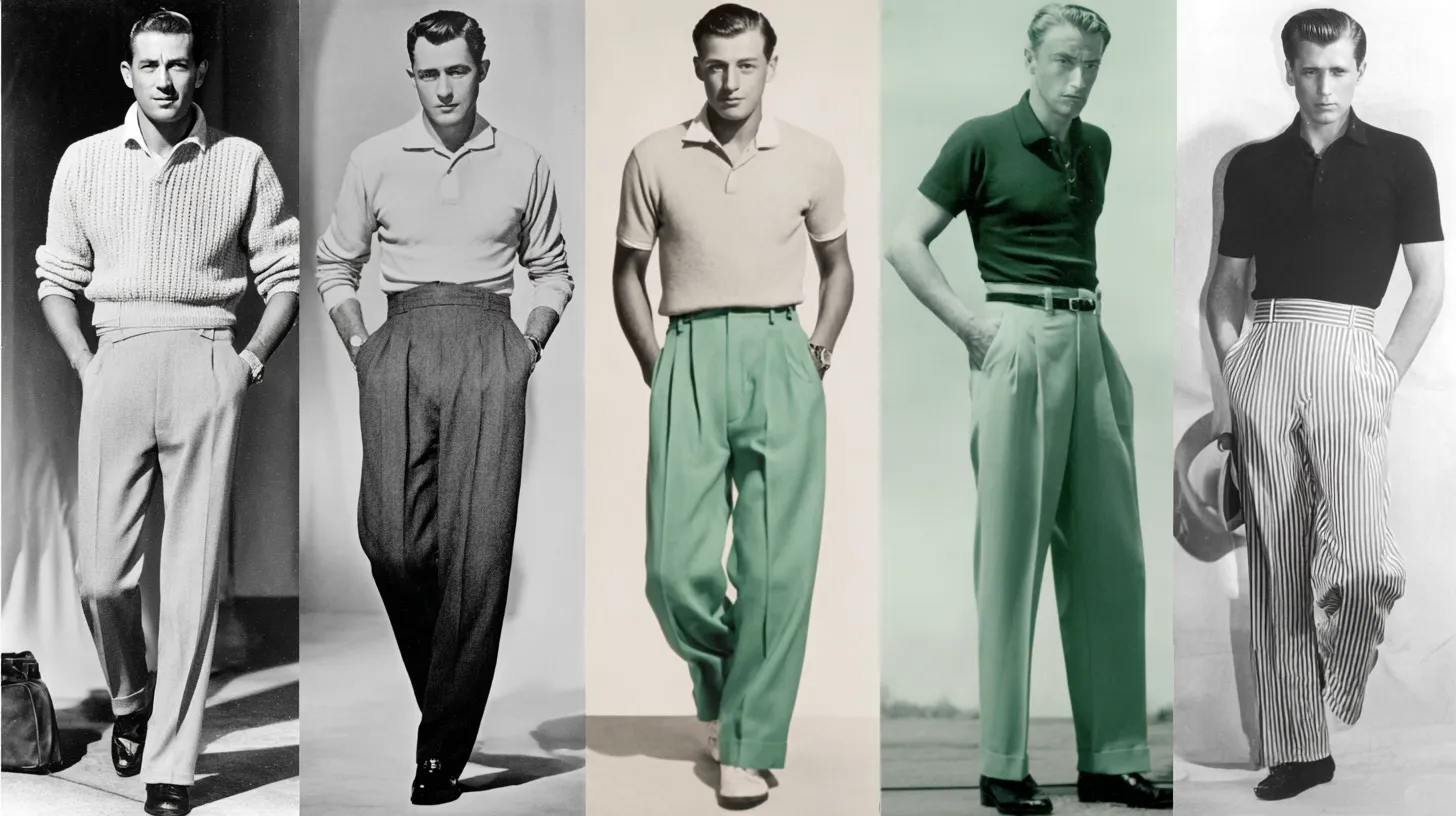
1920s fashion introduced casual elements to men's wardrobes through knitted polo shirts, cardigans, and Oxford bags with impossibly wide legs. Wristwatches replaced pocket watches as practical accessories gained acceptance in mainstream menswear.
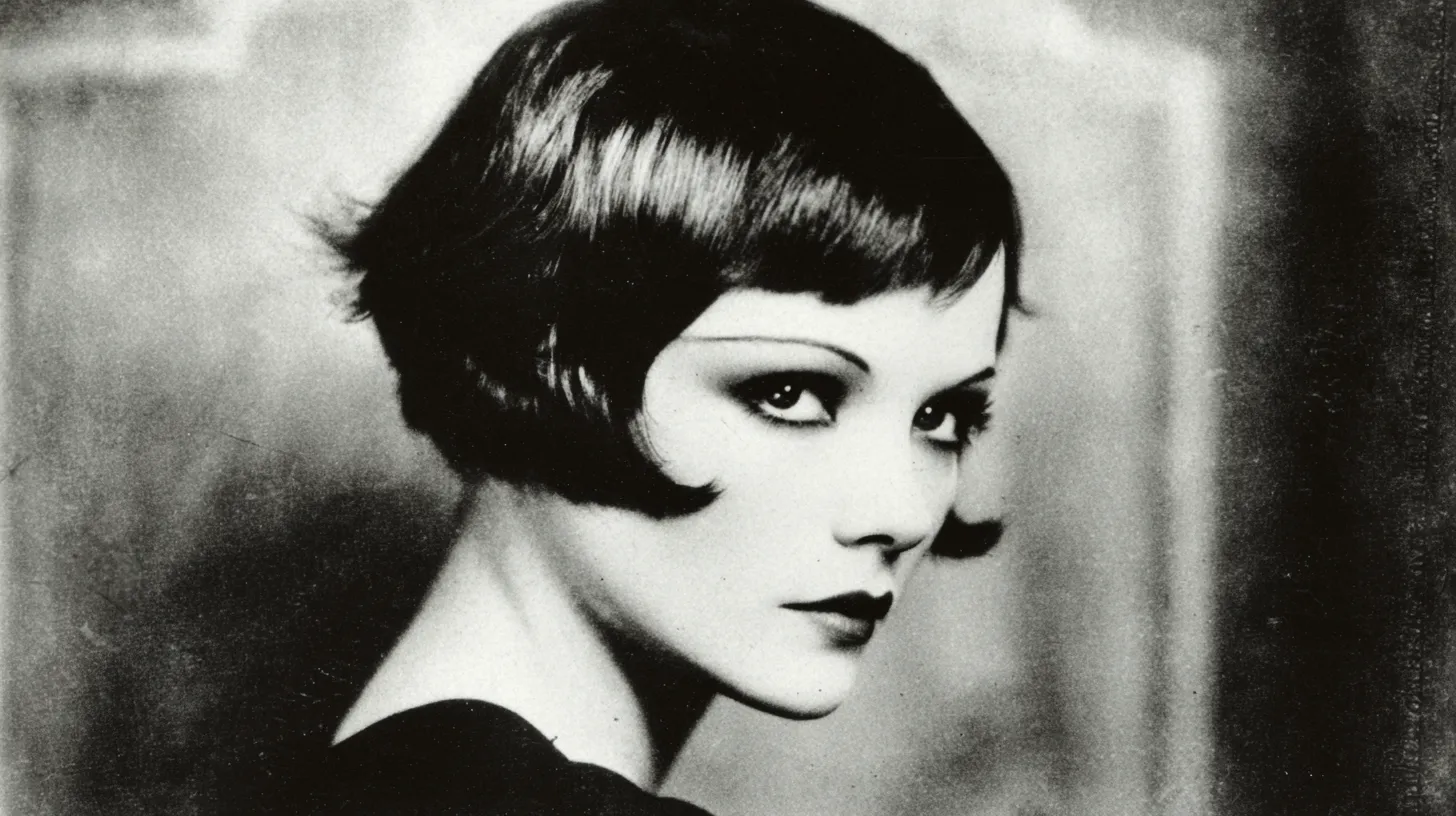
The bob haircut became the Roaring ‘20s most controversial element when employers fired women who adopted the style. This geometric cut symbolized the decade's challenge to traditional gender roles through personal appearance.

The 1920s saw the normalization of makeup use among respectable women. Dark-rimmed eyes, pencil-thin brows, and heart-shaped lips defined the era's beauty standard, moving cosmetics from theatrical to mainstream acceptance.
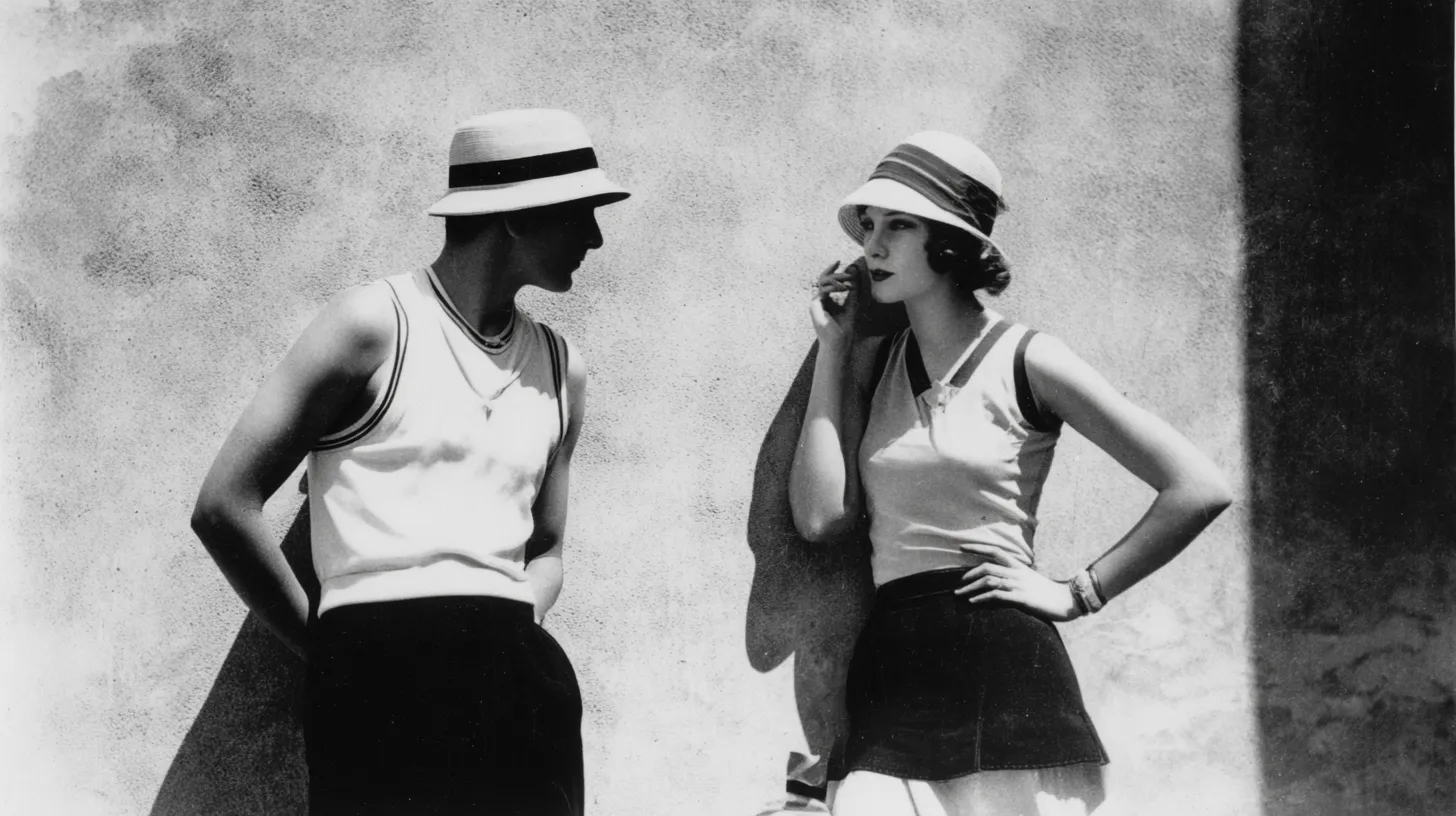
Tennis champion Suzanne Lenglen's court attire shaped the fashion world when her shorter skirts and sleeveless tops inspired everyday women's clothing. Chanel translated men's jersey fabrics and underwear concepts into comfortable, movement-friendly garments.
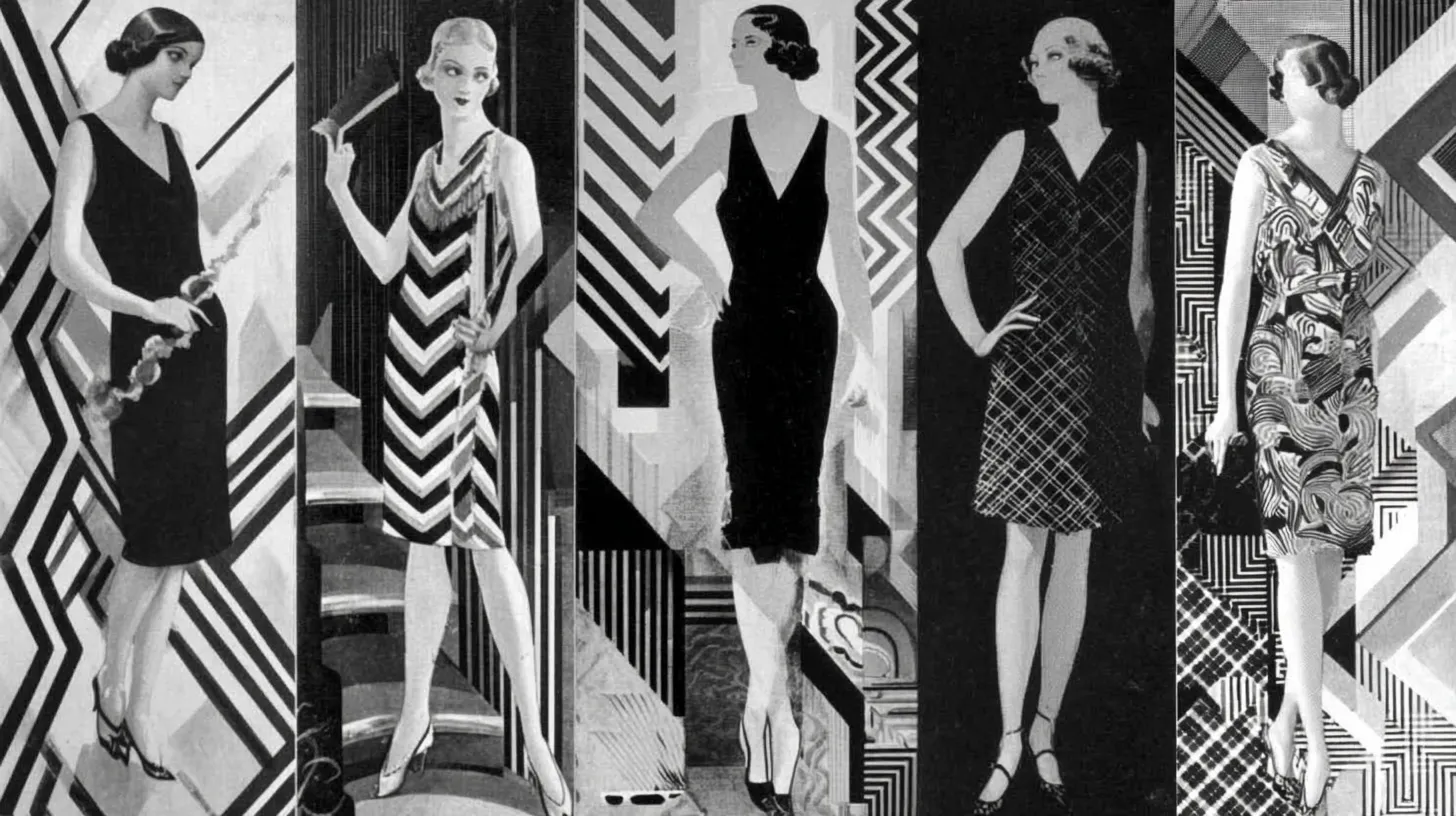
Art Deco's angular designs dominated the 1920s. Textiles used zigzag patterns and stylized motifs on dresses, accessories, and hosiery. These mathematical shapes reinforced the decade's embrace of industrial modernity in personal dress.
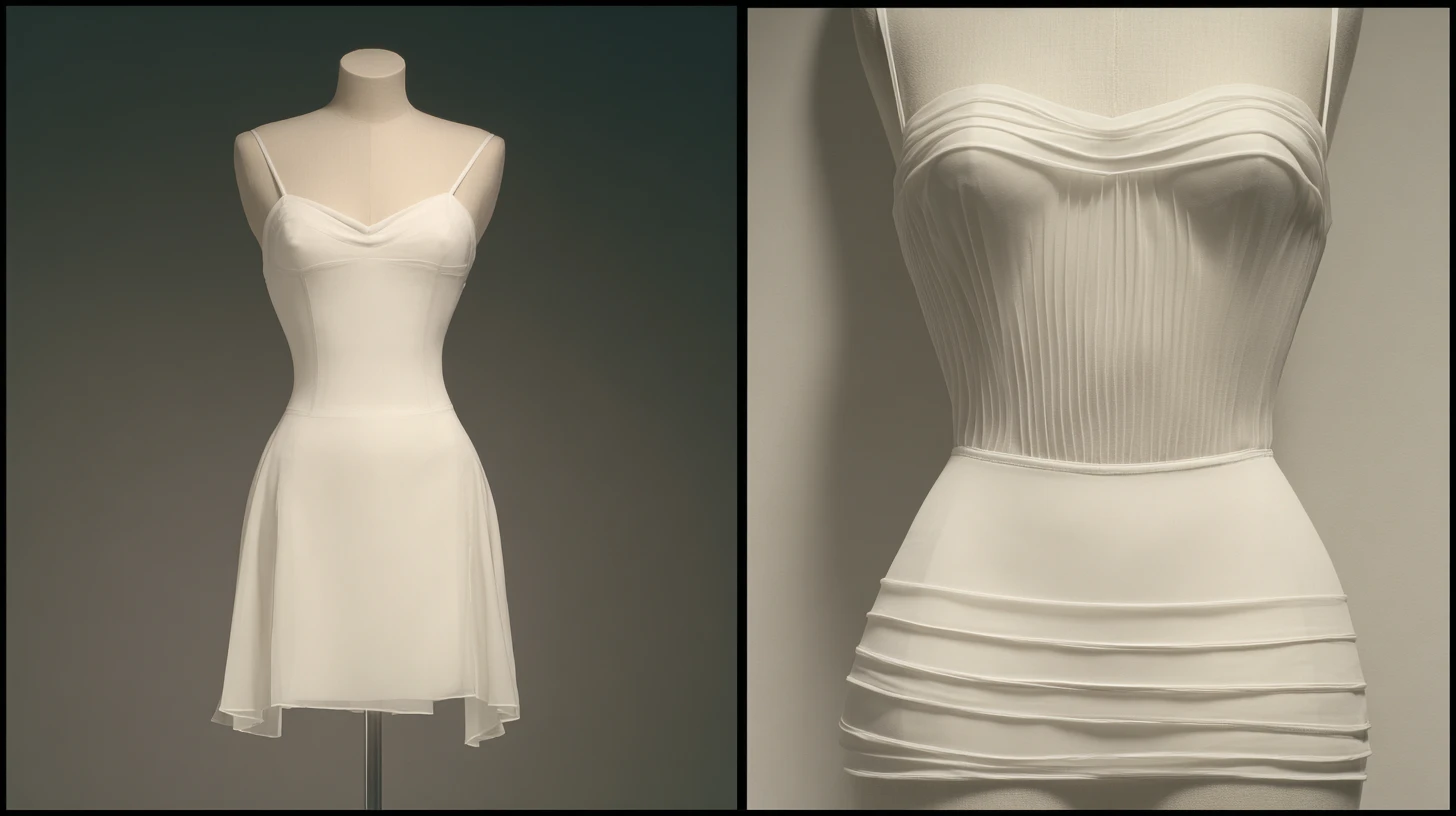
Underwear of the era replaced bone corsets with light step-in chemises and flattening bandeaux bras. These garments supported the era's preference for straight, boyish figures while enabling unrestricted movement.

Long fur wraps worn draped over one shoulder became the ultimate luxury statement. Raccoon coats particularly appealed to college students, turning animal pelts into symbols of the decade's prosperity and youthful rebellion.
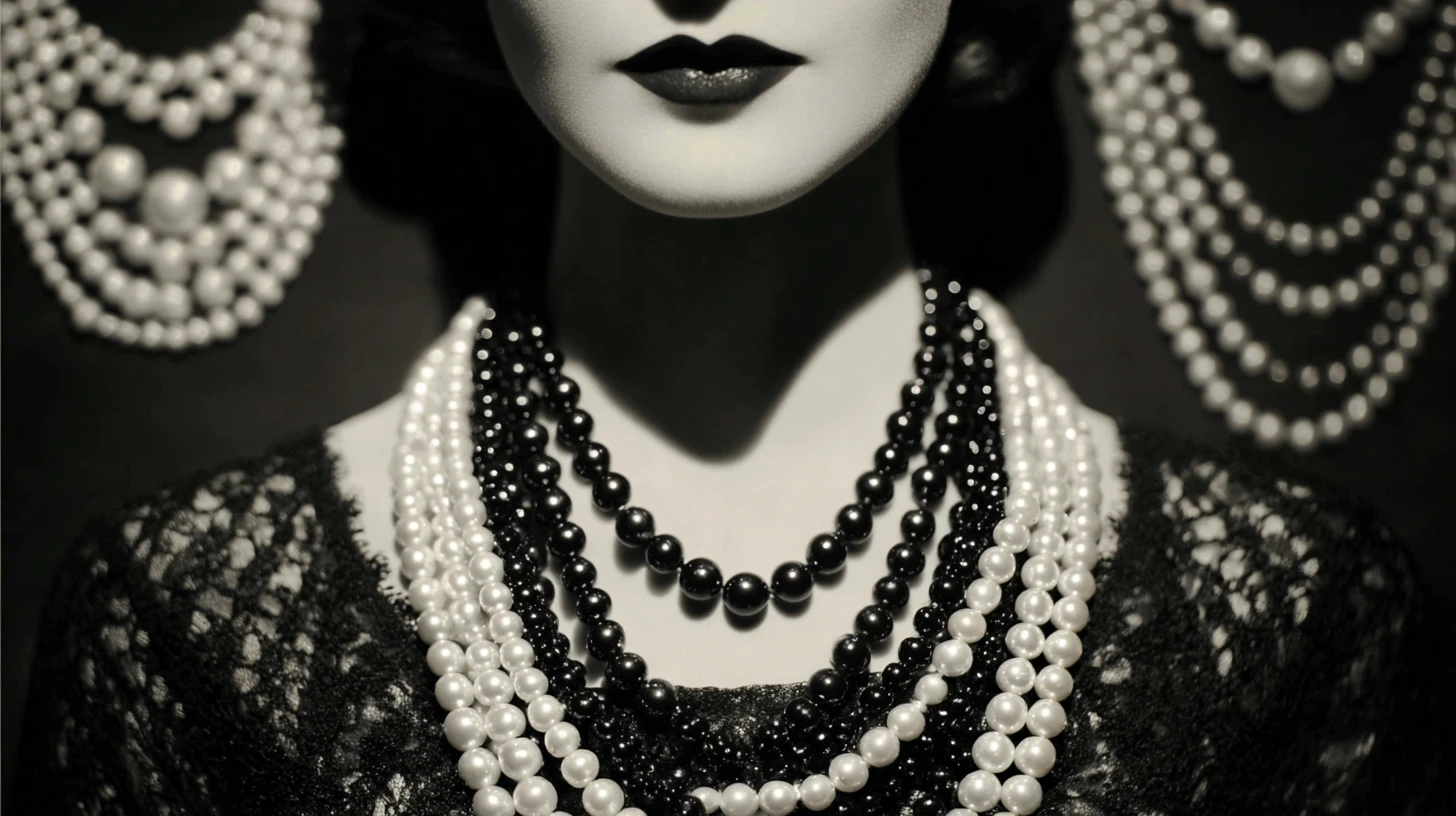
Coco Chanel's mixing of genuine and costume pearls legitimized artificial accessories in 1920s fashion. This democratization allowed women across economic levels to wear bold statement pieces without breaking the bank.

1920s fashion's rising hemlines directly correlated with the decade's economic boom period. Fashion historians document how skirt lengths track market optimism, making the era's short skirts visual indicators of financial prosperity.
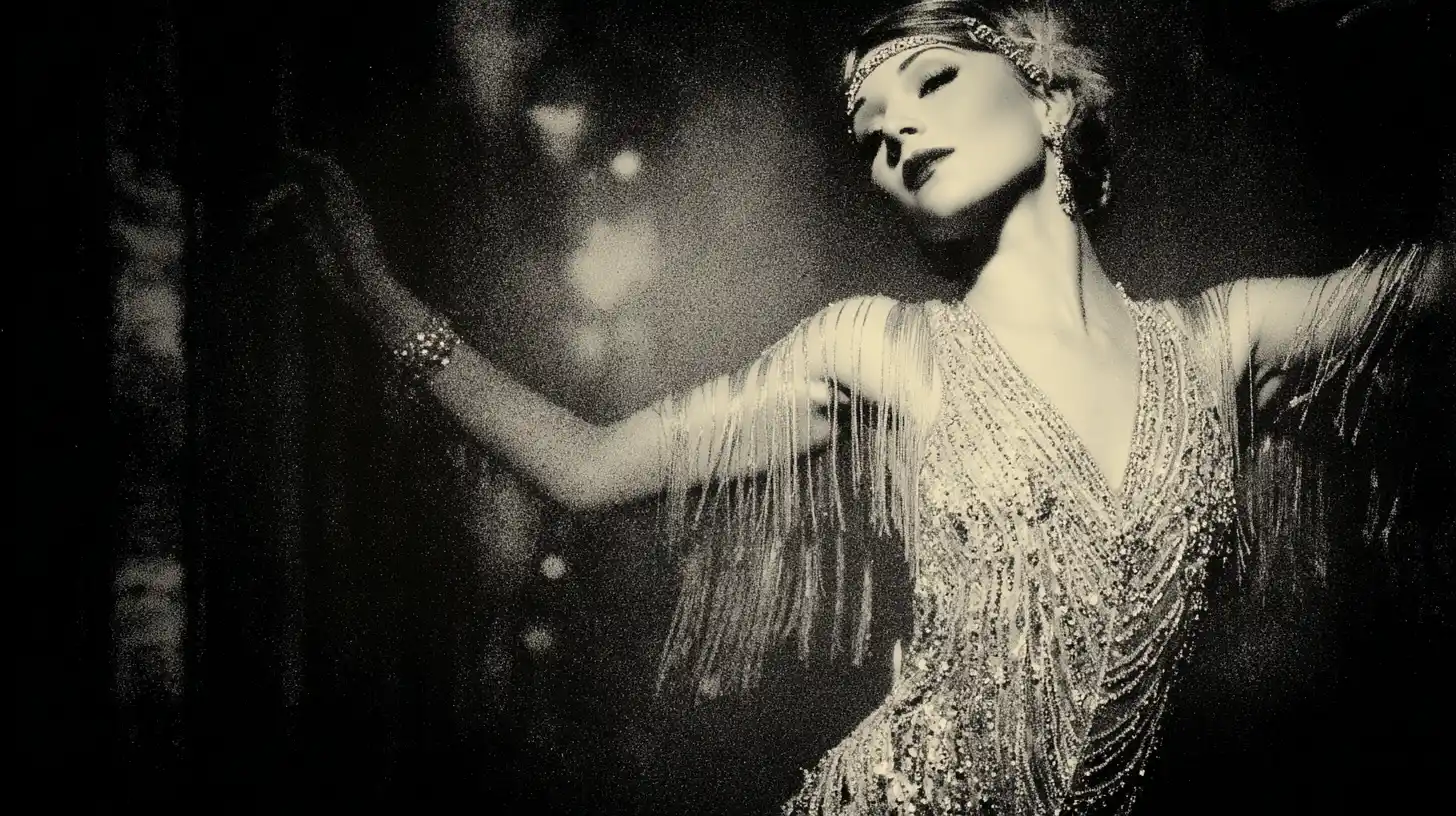
Beaded and sequined dresses designed for Charleston dancing defined the era's evening aesthetic. These garments featured dropped waists and flowing construction that moved with dancers while catching ballroom illumination via reflective embellishments.